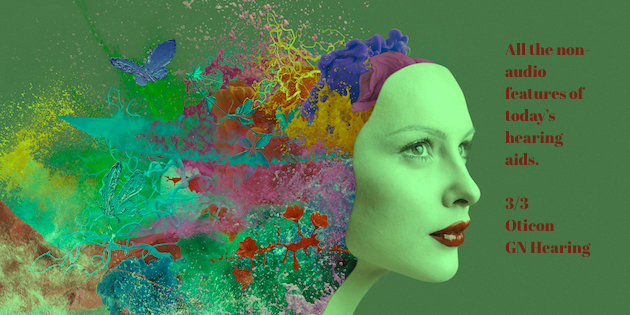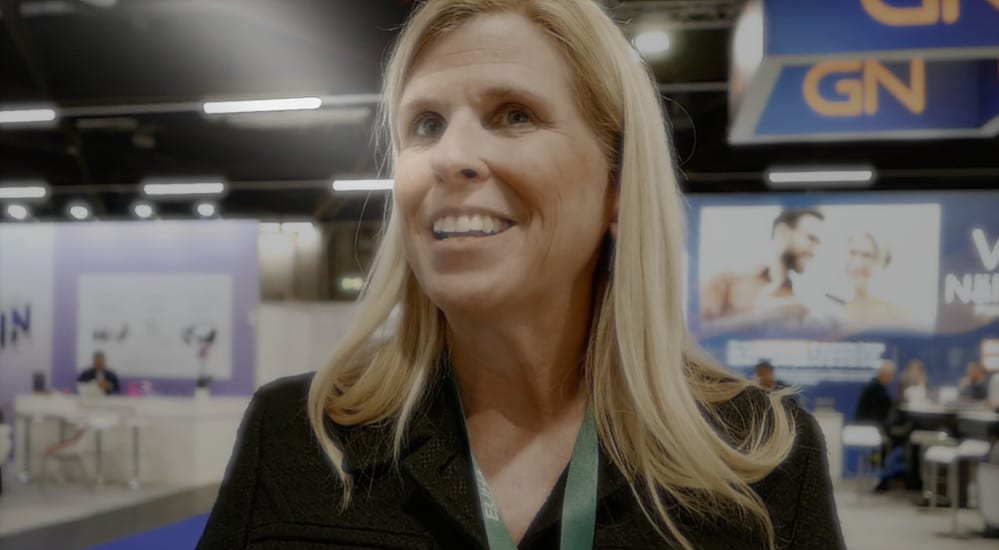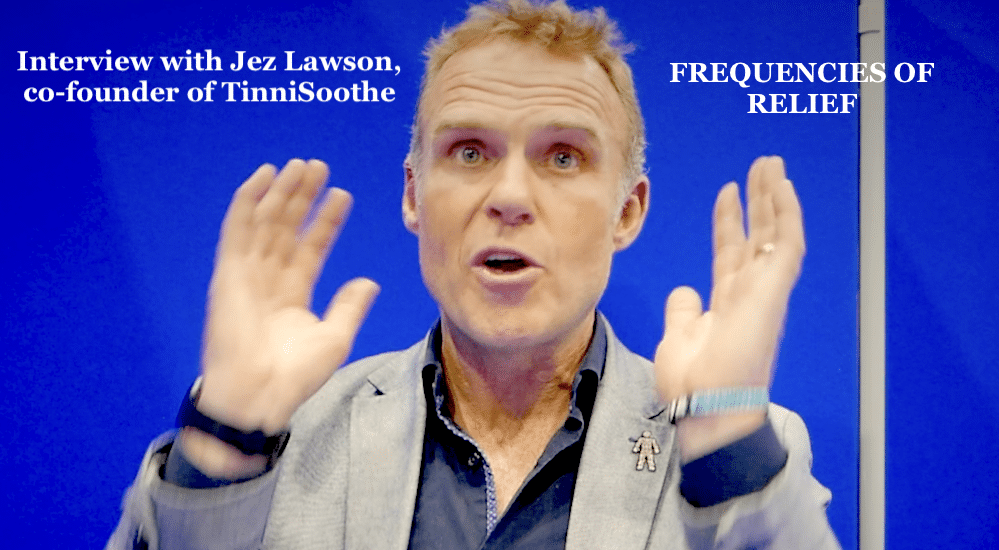Just...extra smart: modern hearing aids stripped of their audio elements 3/3
technology
The third and final part of an Audio Infos UK look at what are we left with when we take away all the strictly hearing-related elements from today’s latest hearing devices: Oticon and GN Hearing.

Neither company is a leader when it comes to non-audio elements in their devices; their list of extras is short. But this is not a search for winners or losers; smart hearing aid extras are out there to a greater or lesser degree in most hearing aids and some producers are notably more convinced than others that hearing aids should have so many non-audio elements.
The tide is strong, however, and those that still keep the focus squarely on hearing must feel some pressure to swim with it.
Clearly, in differentiating through genuinely non-audio features, Starkey has committed more and further than other manufacturers, but the Minnesota-based firm can still more than justify its claim to be keeping a sharp focus on hearing and sound.
Many users may find too many extra features a headache (and yes, there might well be a headache cure onboard sometime soon ;-)) and many hearing professionals may prefer to tell patients that good hearing is enough of an objective for their devices to fulfil.
However, none of the producers asked to take part in this glance at smart extras has categorically said ˝never˝ to making health, lifestyle, and other extras part of their hearing devices. Any apparatus that accompanies users 24/7 can logically offer much more for personal use than just hearing functionality.
Read part one (Widex and Starkey) of this three-part article

Read part two (Signia and Phonak) of this three-part article

OTICON
Oticon’s long list of special features are, in fact, so hearing-related that we cannot peel them away from any device. With sound quality as the focus of the Oticon Foundation’s intense ongoing research, the deconstruction of an Oticon hearing aid leaves us with the smallest list of non-audio features, and it would be headed by the Apple and Android/ASHA support and internet-connected hearing aids introduced ahead of competitors some years back.
˝In general, the majority of the technologies we use in Demant hearing aids are for the benefit of hearing and not to be considered as ‘not hearing related’. More or less everything we do is to help people hear better and thus get a better life quality,˝ the Danish manufacturer points out in relation to this article, highlighting its latest launches on the Oticon and Philips brand, which use deep neural network (DNN) and artificial intelligence (AI) features, examples of hearing tech used by Demant to enhance the hearing experience.
![]() © P.M. Abrahamsen / Oticon />
© P.M. Abrahamsen / Oticon />
The group’s latest stellar release, Oticon More, uses a DNN to make all relevant sounds available for the brain. And AI is used in the new Philips HearLink aid to make speech clearer. Even Bluetooth LE and datalogging are used in clearly hearing-related ways.
˝We use Bluetooth Low Energy because hearing aid users would like, for example, to stream music or podcasts from their phone directly into their hearing aids, and you could argue that’s not directly related to hearing loss, however, if we did not have this feature they would maybe need to remove their hearing aids and put on headphones and then they would not be able to hear when the phone rang for instance,˝ said a Demant spokesperson.
˝Datalogging is to enable the hearing care professional to guide, counsel and adjust the hearing aids to better fit the users need and everyday life to enhance the experience of wearing our hearing aids – so again the majority of technologies are in there for the benefit of hearing.
- Bluetooth connectivity for direct streaming of phone calls, music, etc.
GN HEARING
Back in November 2020, Audio Infos UK interviewed GN Hearing’s Chief Audiology Officer Laurel Christensen. She said something then that helped spark this very focus on non-hearing extras in hearing devices: ˝You’ve got to know that health is going to get integrated into a hearing aid as time goes by but you still have to have the primary function of the hearing aid be hearing. You see other companies going down the route of the fall detection and all of this and I think they forgot that their primary function is to create a good hearing experience.˝
Laurel has underlined this focus of GN’s for this look at two of her group’s products: “Our focus at GN Hearing is delivering quality hearing care that complements and works with the needs of our users. Last year we identified the challenge that national lockdowns were having on people living with hearing loss and implemented ReSound Assist Live. It required our team to think innovatively, be agile, and provide support at a difficult time.”
ReSound ONE
- FIND MY HEARING AIDS. In every sense a non-hearing extra. If you can’t find your hearing aids, there is no hearing! The function allows users to identify the location at which the hearing aids were last connected, which is highlighted on a map.
- CONNECTIVITY. With ReSound ONE, you can connect directly to your iPhone or Android™ smartphone, streaming audio and wireless calls to your ears via the stable Bluetooth LE.

Unfortunately, we have to leave two key features of ReSound ONE on the bench full of hearing-related features: ReSound Assist Live is for care professionals to conduct remote hearing tests via ReSound hearing aids and adjust settings. The ReSound Smart 3D app, has a similar function. Both have been useful in the pandemic.
BELTONE IMAGINE
- Connectivity – wireless streaming of phone calls and music from iPhone, iPad, or iPod touch devices. Hands-free calling to users.
Source: Oticon; GN Hearing; Audio Infos #140 January-February 2021
 Sign in
Sign in


